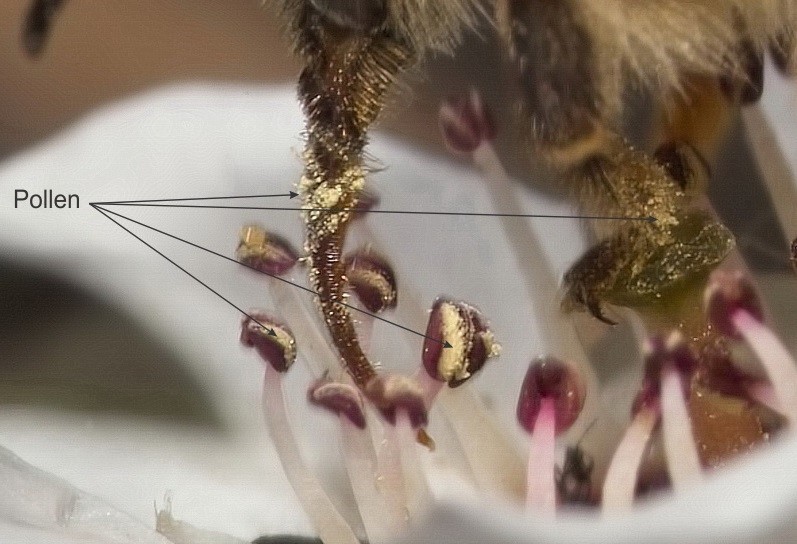Peroxide & Non-Peroxide activity
Due to the composition of honey, all honey has some peroxide activity. This is due to the presence of an enzyme that produces hydrogen peroxide. This enzyme is added to the nectar by bees. The hydrogen peroxide, and so the majority of the peroxide activity, is destroyed by enzymes in our body the moment it comes in contact with our body.
In addition many types of honey also have another activity besides the peroxide activity. This is not caused by an enzyme that is added to the nectar by bees, but comes from the plant. This unique ingredient is added to the nectar through the pollen the bees bring with them. This activity is not broken down by our body. This activity is the Non-Peroxide Activity (NPA). ManukaHoney is a Non-Peroxide honey.

The UMF® ManukaHoney Quality Mark is the only officially recognised ManukaHoney Quality Seal in the world

 ManukaHoney & Manuka BeePollen
ManukaHoney & Manuka BeePollen


 ManukaHoney & Manuka BeePollen
ManukaHoney & Manuka BeePollen